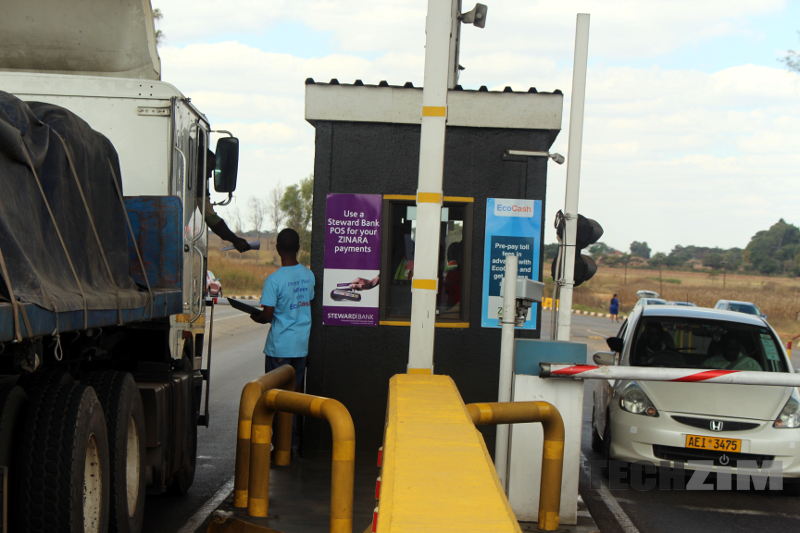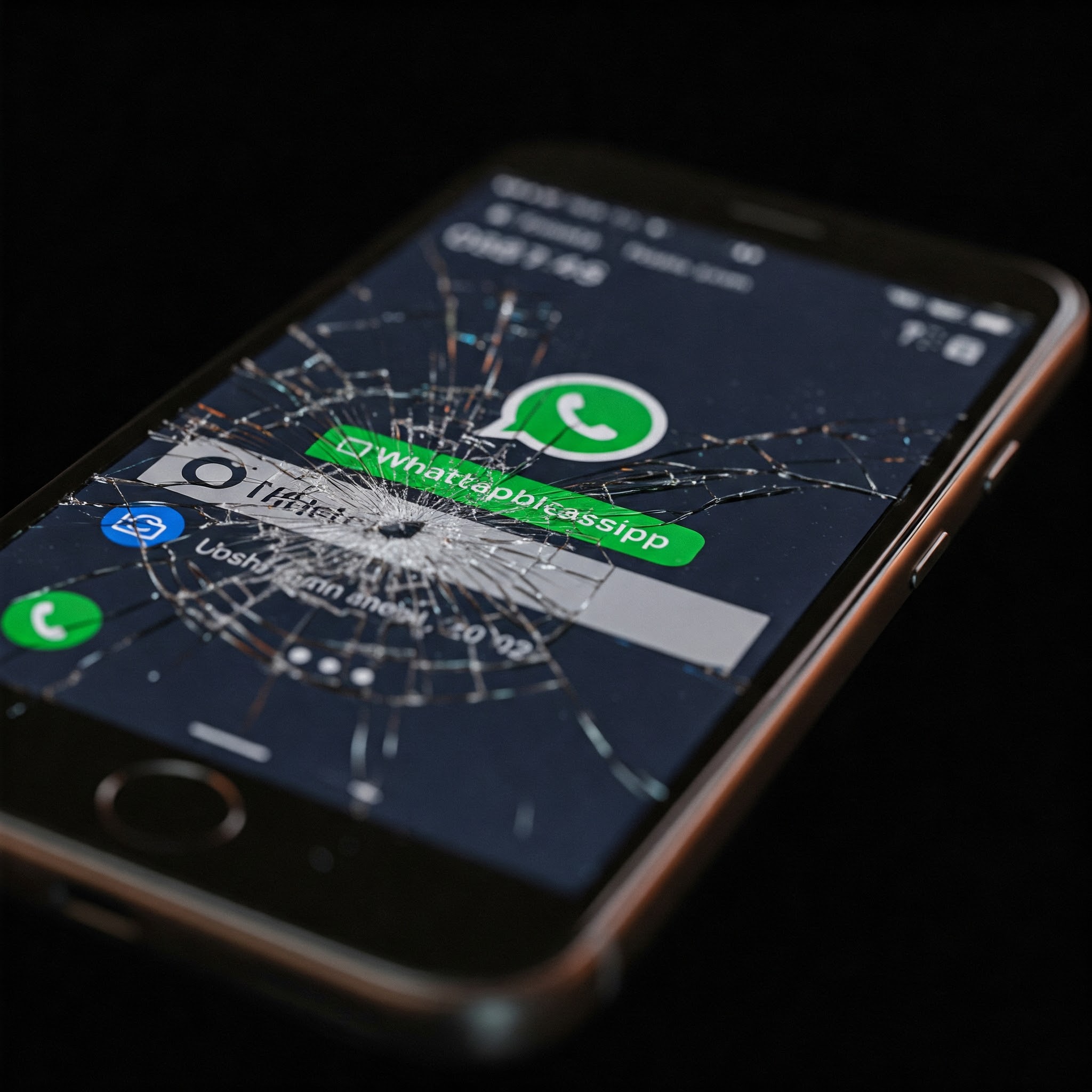ZINARA (Zimbabwe National Roads Administration) is considering a switch from manual toll collection to e-tolling (electronic toll collection). This was announced in the Government Gazette where ZINARA was looking for anyone or entity looking to supply, install and configure e-tolling systems.
What is electronic tolling (e-tolling)?
Electronic toll collection is a system that uses RFID (Radio Frequency Identification Technology) to automatically deduct or charge a toll when a car passes by a toll booth. The system can replace on work in tandem with manual toll collection.
ZINARA is exploring the possibility of e-tolling because the current system is dependant on network connectivity. Last month ZINARA tollgates were plagued with POS machines that couldn’t process transactions because of inconsistent network coverage.
E-tolling could address the congestion and payments issues and comes with a number of other advantages which include:
- Electronic Toll Collection decreases the need for lane expansions because one lane can handle a lot of traffic.
- There is no exchange of cash thereby improving audit control by admin accounts.
- Motorists don’t have to look around for a payment option or get delayed other motorists who are doing the same.
- Fuel consumption is increased by stop-start traffic. With e-tolls, there would be no queues or stopping for that matter.
As with anything, e-tolling has its downsides. Chief among them are billing errors. This was a particularly big problem when e-tolls were installed in South Africa. Another issue is the cost to acquire and install the systems on the 31 toll gates ZINARA operates countrywide.
Are e-tolls something we can afford at this moment in time? One would argue that Tap-and-Go cards like the one ZINARA and NMB have are something worth pushing to motorists until it makes sense to spend money on expensive equipment.













